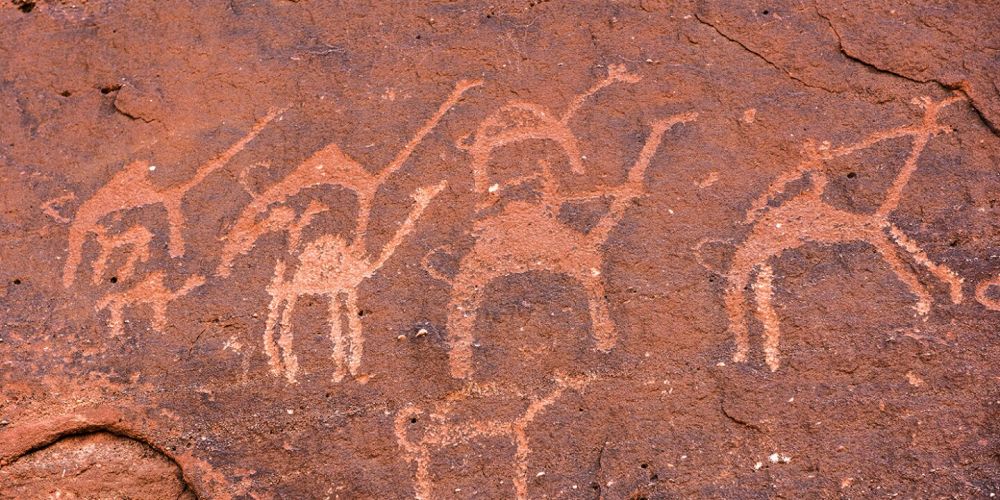

The optimal time to visit the Alameleh Inscriptions in Wadi Rum is during the spring (March to May) or fall (September to November) seasons. During these months, the temperatures are pleasantly mild, allowing for comfortable exploration of the desert and the ancient inscriptions. The spring season brings out a brief bloom of desert flowers, adding a touch of color to the landscape, while the fall provides clear, crisp visibility perfect for photography. It's also the time when Wadi Rum is less crowded, offering a more tranquil experience. Daytime temperatures range from 20°C to 30°C (68°F to 86°F), which is ideal for hiking and enjoying the outdoor activities that the area offers.
Visitors should avoid the peak summer months from June to August, as temperatures can soar to extremes, often exceeding 40°C (104°F), which can be dangerous and less enjoyable for outdoor activities. Similarly, the winter months from December to February can be quite cold, especially at night, with temperatures occasionally dropping below freezing. During these times, the desert can be inhospitable, and some tour operations might be limited. Whichever season you choose, always ensure you bring plenty of water, sun protection, and suitable clothing to adapt to the desert's variable conditions. Visiting early in the morning or later in the afternoon can also offer softer light for viewing the inscriptions and a respite from the midday sun.
| Month | Min Temp | Max Temp |
|---|---|---|
| January | 4 °c | 15 °c |
| February | 7 °c | NA |
| March | 10 °c | NA |
| April | 15 °c | 28 °c |
| May | 20 °c | 32 °c |
| June | 23 °c | 36 °c |
| July | 25 °c | 36 °c |
| August | 25 °c | 36 °c |
| September | 22 °c | 33 °c |
| October | 17 °c | 28 °c |
| November | 11 °c | 22 °c |
| December | 6 °c | 17 °c |